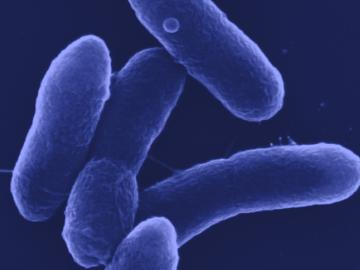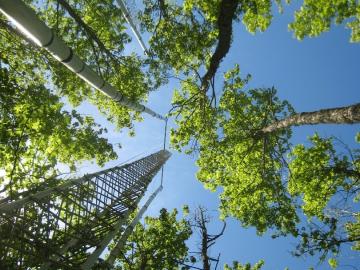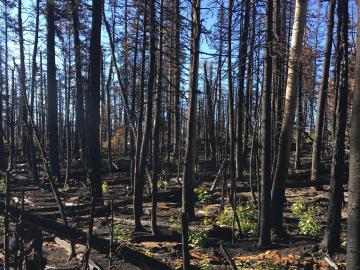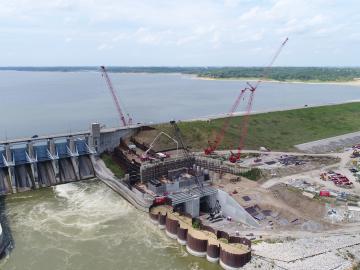
Filter News
Area of Research
- (-) Energy Science (83)
- (-) Neutron Science (26)
- Advanced Manufacturing (2)
- Biology and Environment (92)
- Computational Biology (2)
- Computational Engineering (2)
- Computer Science (8)
- Electricity and Smart Grid (3)
- Energy Frontier Research Centers (1)
- Functional Materials for Energy (1)
- Fusion and Fission (4)
- Fusion Energy (1)
- Materials (65)
- Materials for Computing (15)
- National Security (38)
- Nuclear Science and Technology (1)
- Quantum information Science (3)
- Sensors and Controls (1)
- Supercomputing (80)
News Topics
- (-) Biology (18)
- (-) Cybersecurity (9)
- (-) Grid (39)
- (-) Machine Learning (10)
- (-) Mercury (3)
- (-) Nanotechnology (17)
- (-) Polymers (12)
- (-) Summit (9)
- 3-D Printing/Advanced Manufacturing (83)
- Advanced Reactors (6)
- Artificial Intelligence (14)
- Big Data (7)
- Bioenergy (31)
- Biomedical (20)
- Biotechnology (5)
- Buildings (38)
- Chemical Sciences (17)
- Clean Water (10)
- Composites (18)
- Computer Science (35)
- Coronavirus (22)
- Critical Materials (9)
- Energy Storage (74)
- Environment (59)
- Exascale Computing (2)
- Fossil Energy (3)
- Frontier (3)
- Fusion (2)
- High-Performance Computing (8)
- Hydropower (3)
- Isotopes (1)
- Materials (46)
- Materials Science (48)
- Mathematics (3)
- Microelectronics (1)
- Microscopy (10)
- Molten Salt (1)
- National Security (7)
- Neutron Science (121)
- Nuclear Energy (9)
- Partnerships (12)
- Physics (10)
- Quantum Computing (1)
- Quantum Science (8)
- Security (8)
- Simulation (4)
- Space Exploration (6)
- Statistics (1)
- Transportation (68)
Media Contacts

The Department of Energy’s Office of Science has selected five Oak Ridge National Laboratory scientists for Early Career Research Program awards.

A research team led by Oak Ridge National Laboratory bioengineered a microbe to efficiently turn waste into itaconic acid, an industrial chemical used in plastics and paints.

At the Department of Energy’s Oak Ridge National Laboratory, scientists use artificial intelligence, or AI, to accelerate the discovery and development of materials for energy and information technologies.

Through a consortium of Department of Energy national laboratories, ORNL scientists are applying their expertise to provide solutions that enable the commercialization of emission-free hydrogen fuel cell technology for heavy-duty

Oak Ridge National Laboratory was among an international team, led by Lawrence Livermore National Laboratory, who synthesized 108 elevated carbon dioxide, or CO2, experiments performed in various ecosystems to find out how much carbon is

An Oak Ridge National Laboratory research team discovered that aspen saplings emerging after wildfire have less diverse microbiomes and more pathogens in their leaves, providing new insights about how fire affects ecosystem recovery.

A method developed at Oak Ridge National Laboratory to print high-fidelity, passive sensors for energy applications can reduce the cost of monitoring critical power grid assets.

A new Department of Energy report produced by Oak Ridge National Laboratory details national and international trends in hydropower, including the role waterpower plays in enhancing the flexibility and resilience of the power grid.


In the quest for advanced vehicles with higher energy efficiency and ultra-low emissions, ORNL researchers are accelerating a research engine that gives scientists and engineers an unprecedented view inside the atomic-level workings of combustion engines in real time.


